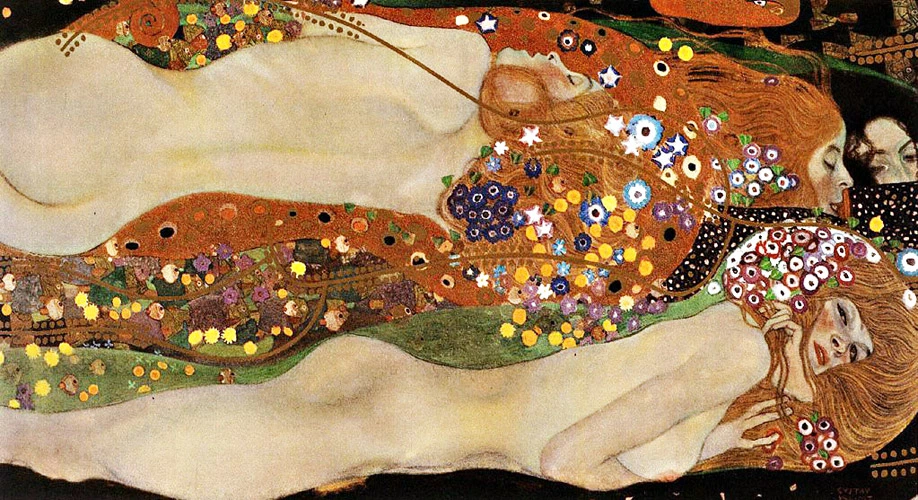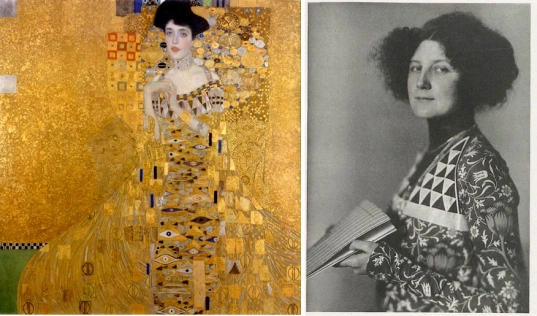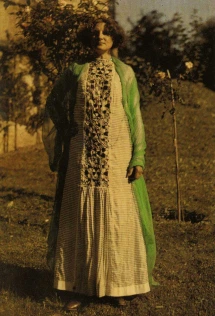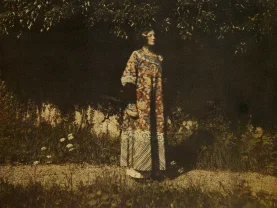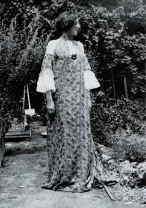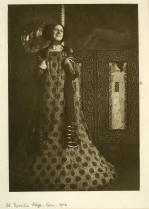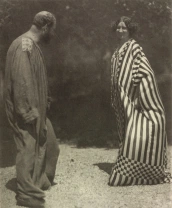Two timeless social phenomenons, both adaptable to changes and both expressing their time. Fashion and Art. Mothers of an aesthete.
I fell in love with them from my early days, back in the time when my mom used to read me stories and I asked her to show me our “History of Art” encyclopedia.
And there I stumbled across one painting that took my breath away even though it was a print in a book. Her majesty, The Kiss by Gustav Klimt.
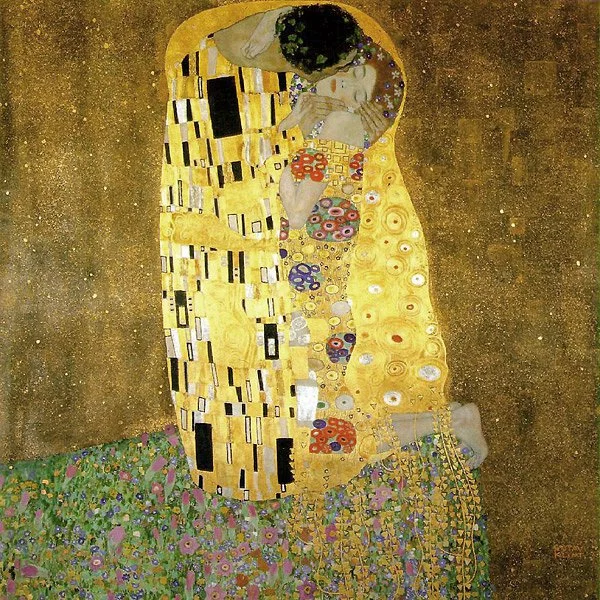
Gustav Klimt, (born in 1862, died in 1918) was an Austrian symbolist painter and eccentric, known for his obsession with the female body, golden paintings, and frank eroticism. His whole life was about making art and making love with the models. It is believed that he fathered at least fifteen children.
But his lifelong companion was Emilie Louise Flöge . She was a fashion designer, a bohemian at heart who hung out at “The end of a Century” circles in Vienna. The turn of the century had a great impact on everybody. It meant new freedom, new fashion and new art. Little did we know, but Gustav as Emilie’s lover and most honest critique, helped her and drew some garments which she and his models wore when they posed for his paintings.
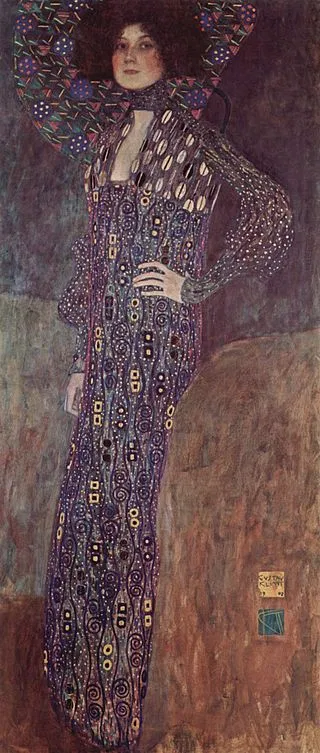
This is the lovely lady of Klimt, wearing his garment made in a dress by her. This is a dress from the rational dress style – style promoted and worn by Austrian feminists, which included dresses made without corset, were very comfortable and had wide sleeves. This fashion is also known as Victorian dress reform movement, which was a protest of the Victorian era’s strict clothing etiquette and dresses so tight, that women could hardly breathe in them.
It made feel women more empowered, more free and most of all, more fashionable. Basically what Coco Chanel did in France, Emilie and her colleagues at Vienna Secession (Union of Austrian Artists) did in Austria. They liberated fashion.
On the painting above Emilie is wearing the classic rational dress – long, loose, with wide sleeves and marvelous details.
Photo courtesy : The Klimt Museum
Above you can see Emilie modeling some of her dresses that not only inspired Klimt, but a whole generation of Viennese modern and stylish women that were looking for something new.
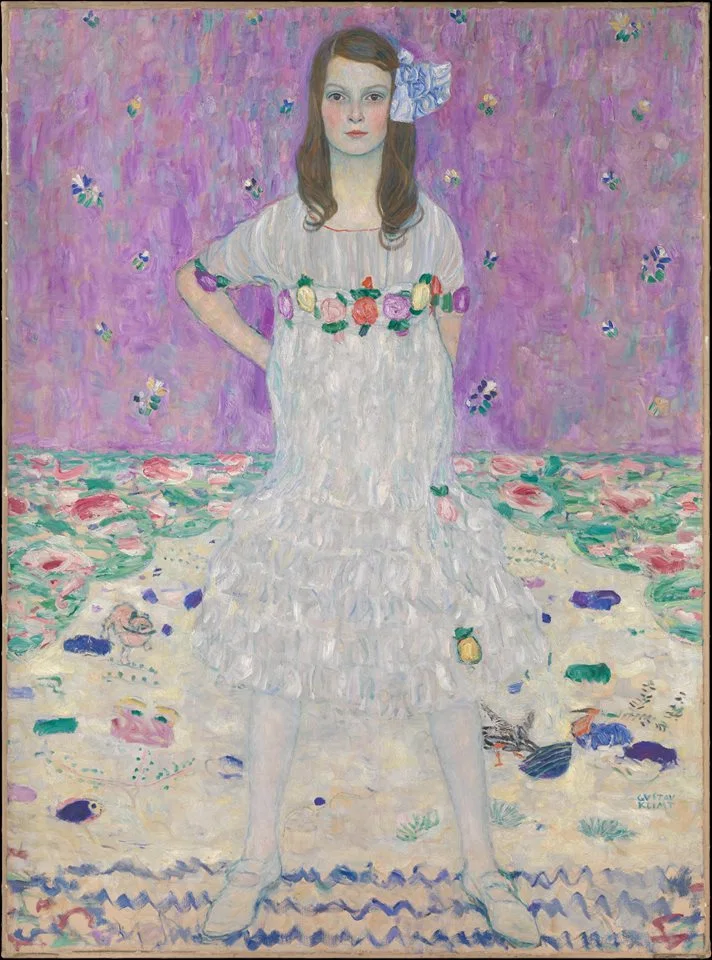
Mäda Primavesi was a young girl, daughter of an industrialist and banker. When she posed for him, Gustav experimented with the colorful background, showing her innocence and youth through the whiteness of her dress. The dress is simple, peasant-like. To add some fun, the dress has its flower embroidery that go so well together with the purple background Klimt chose.
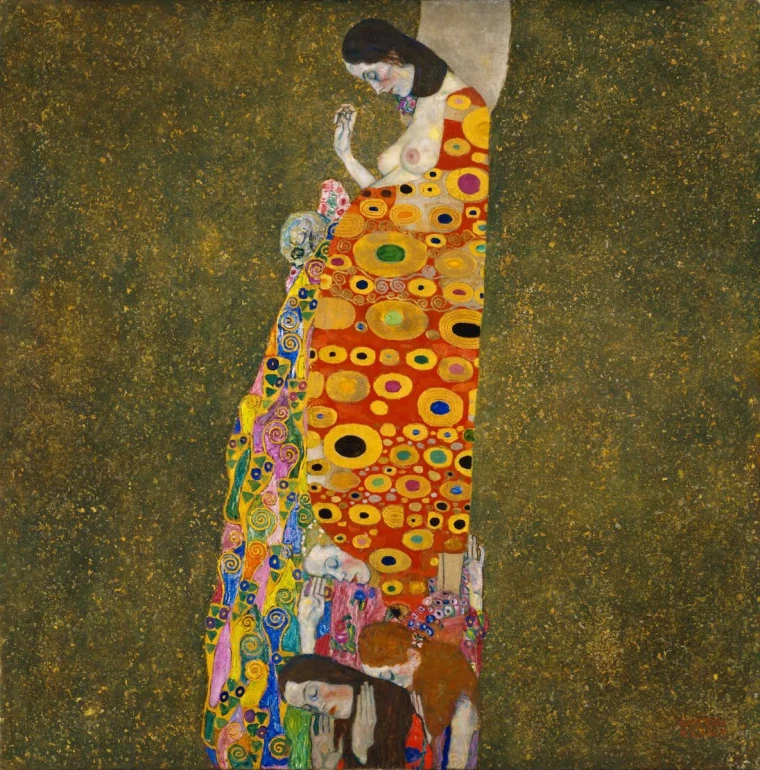
On the painting above we see more complex, colourful side of Herr Klimt. His attention to details and color-pattern-mixing ability would assure him a job at Desigual. The robe that the model is wearing is beyond beautiful. We have all strong colours, that made us feel uneasy and at the end of it, you see shades of blue and green that calm us down. Such a beautiful masterpiece!
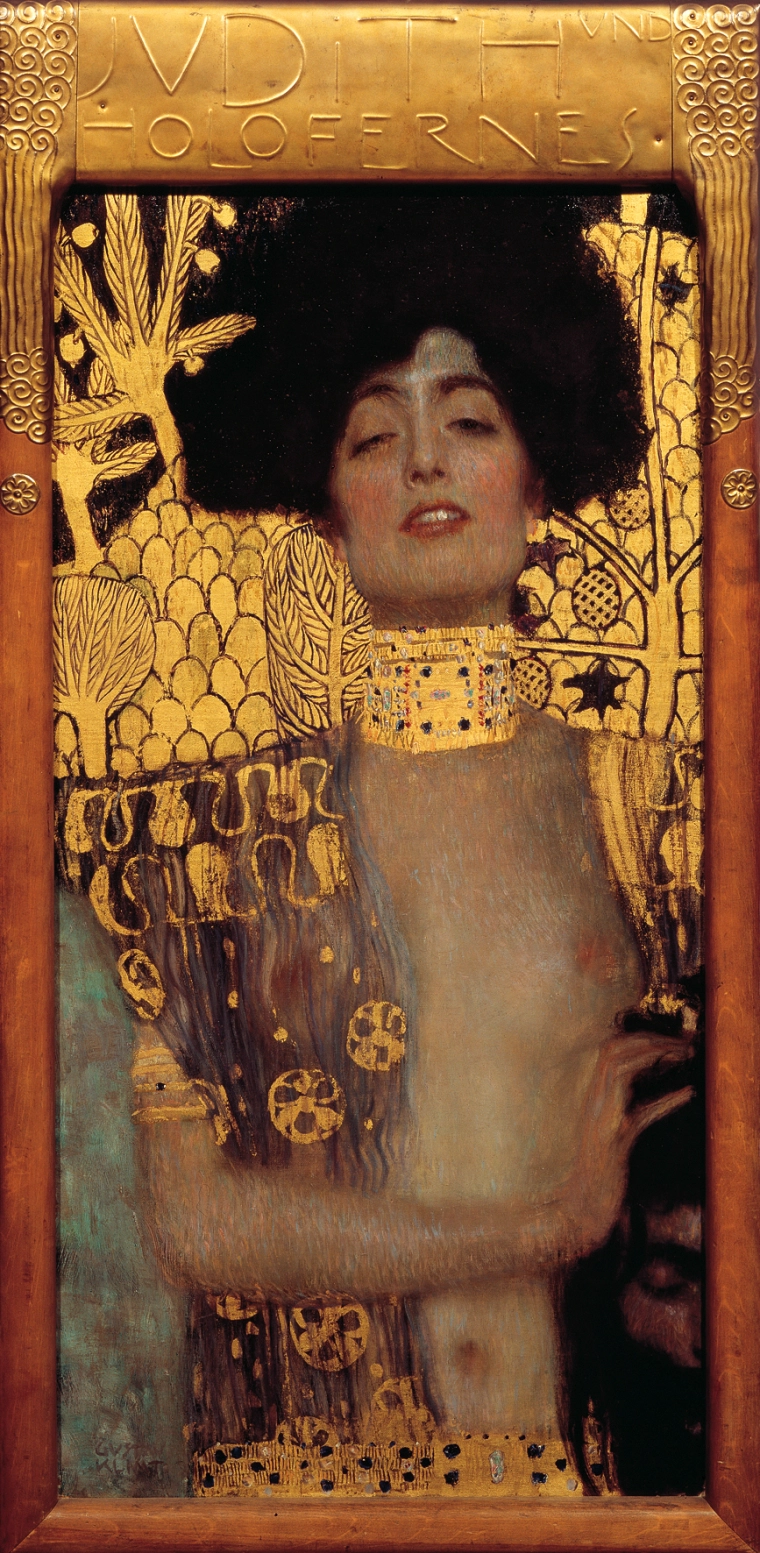
We have to pay close attention to this black sheer dress, and how beautiful it goes with golden accessories. Today’s choker necklaces have nothing on this gold bejeweled necklace on the painting. Klimt is freeing the nipple from 1901, and one century later, it is still a controversy.
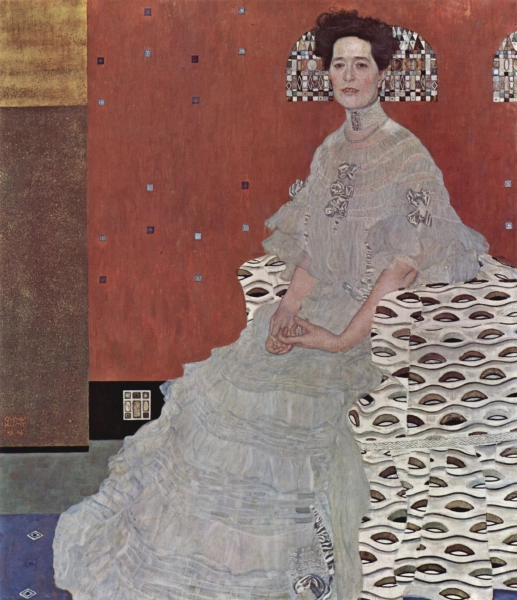
This is a great example of a Belle Époque fashion.The dress is simple, but rich, it has lots of material, it’s wide and it’s perfect. The equivalent of a Chloe dress. She is wearing pearl necklace that looks so elegant on her. And of course, because Klimt did not like simplicity, he accessorized the armchair in which Fritza Riedler sits with gold and silver eye-shaped motifs. He was indeed a genius.
These are just a few of Gustav Klimt’s works. He gave the world his talent and his mastery. He is an inspiration for many generations of painters after him and the works from his golden period are considered as some of the most beautiful paintings in art’s history.
Yours fashionably,
Mademoiselle Matea

